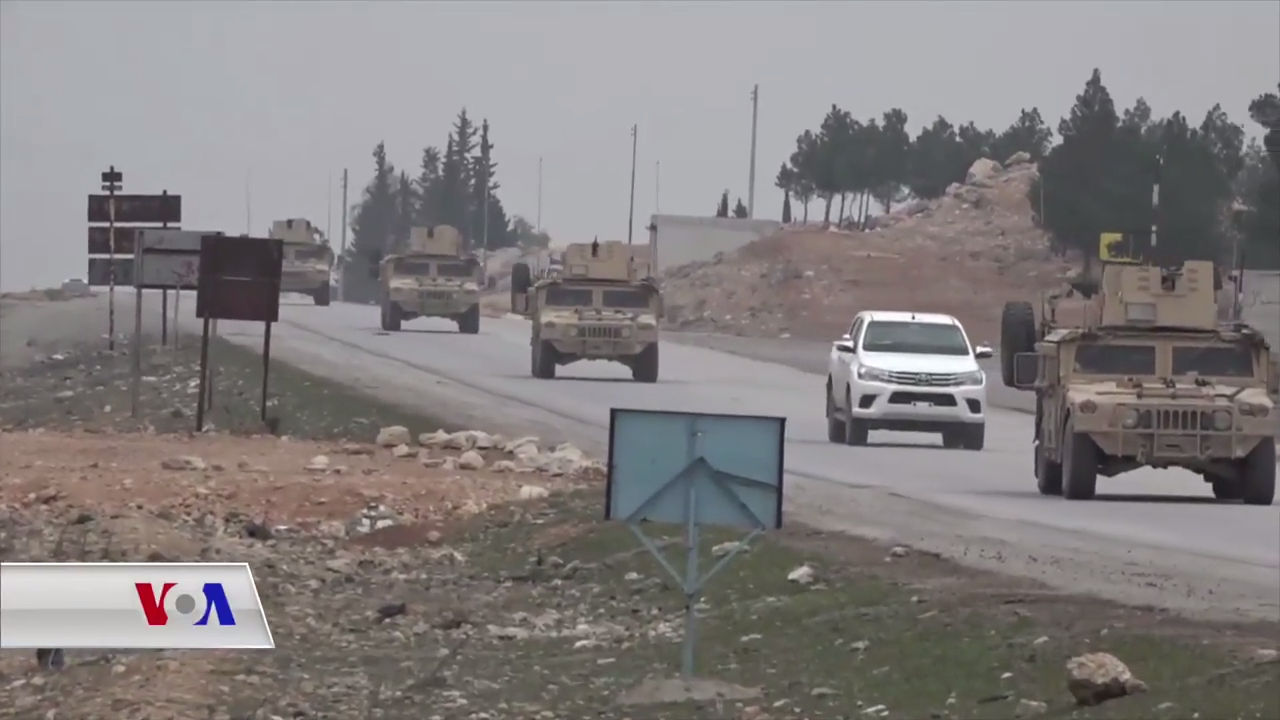The United States ground war in Syria started in late 2015, when the Obama administration ordered a small deployment of roughly 50 troops. The American public saw little of the engagement: a few photos of familiar-looking soldiers in familiar-looking armored vehicles. The White House and the Pentagon stressed that the war in Syria against the Islamic State was being waged by Kurdish and Arab allies — small groups that American commandos were just “advising and assisting.” The American war, it seemed then, was primarily fought from the sky, taking the form of thousands of airstrikes.
As the months passed, the number of American troops on the ground increased.
Today roughly 2,000 American troops live in Syria. The Islamic State’s de facto capital, Raqqa, is littered with rubble and explosives, and some of the Islamic State’s holdouts occupy a small slice of the Euphrates River Valley. President Trump has said he wants the Pentagon’s forces to leave.
“I want to get out — I want to bring our troops back home,” Trump said on Tuesday during a news conference with leaders of Baltic nations. “It’s time. We were very successful against ISIS.”
Trump’s statement ran almost directly opposite Pentagon plans, which were communicated at roughly the same time Tuesday by Gen. Joseph L. Votel, the top officer at the military’s United States Central Command. On Wednesday, Trump adopted the Pentagon’s view. The White House released a statement saying that the American military was going nowhere until the Islamic State was “eradicated” in Syria.
Amid all the mixed messaging, images of newly built American bases in the Syrian city Manbij had already started appearing online. They showed armored vehicles, watchtowers and a fluttering American flag — above outposts that no longer look so hasty.
The Associated Press reported Wednesday that United States troops were building new positions near the front line close to the Syrian-Turkish border, a corridor no longer bordered by the Islamic State. This is now terrain held by Turkish-backed militants and Turkey’s uniformed military, which is threatening a new offensive into the city to rid it of United States-backed Kurdish militias. The American forces now must deal with the remnants of the Islamic State in the region and also act as a main deterrence against advancing Turkish forces.
Neither the apparently expanding network of American outposts nor their occupants look aligned with the war that was supposed to be waged by only small groups of Special Operation forces. The structures look much like the fighting positions once seen in Iraq and Afghanistan, which projected a clear message: “We’re here for a while.”
Photos from Manbij show American bases, marked by their flags, camouflage netting and armored vehicles, including M-ATVs and MRAPs — troop transports, designed to withstand roadside bombs, that became common sights on the roads in Iraq and Afghanistan.
A tweet posted Tuesday by StrategicNews1 shows a male service member, shirtless and in shorts, near a mortar pit. Behind him was a bunker with ammo crates inside. Its walls were built with sandbags, and the roof was made from what looked like an Air Force cargo pallet. To his right was an Emtas, an enhanced 120-millimeter mortar system with a range of four miles.
At the far corner of the screen was a wheeled mortar system, still stored.
Behind the soldier was a pink lawn chair. He looked ready to settle in.

